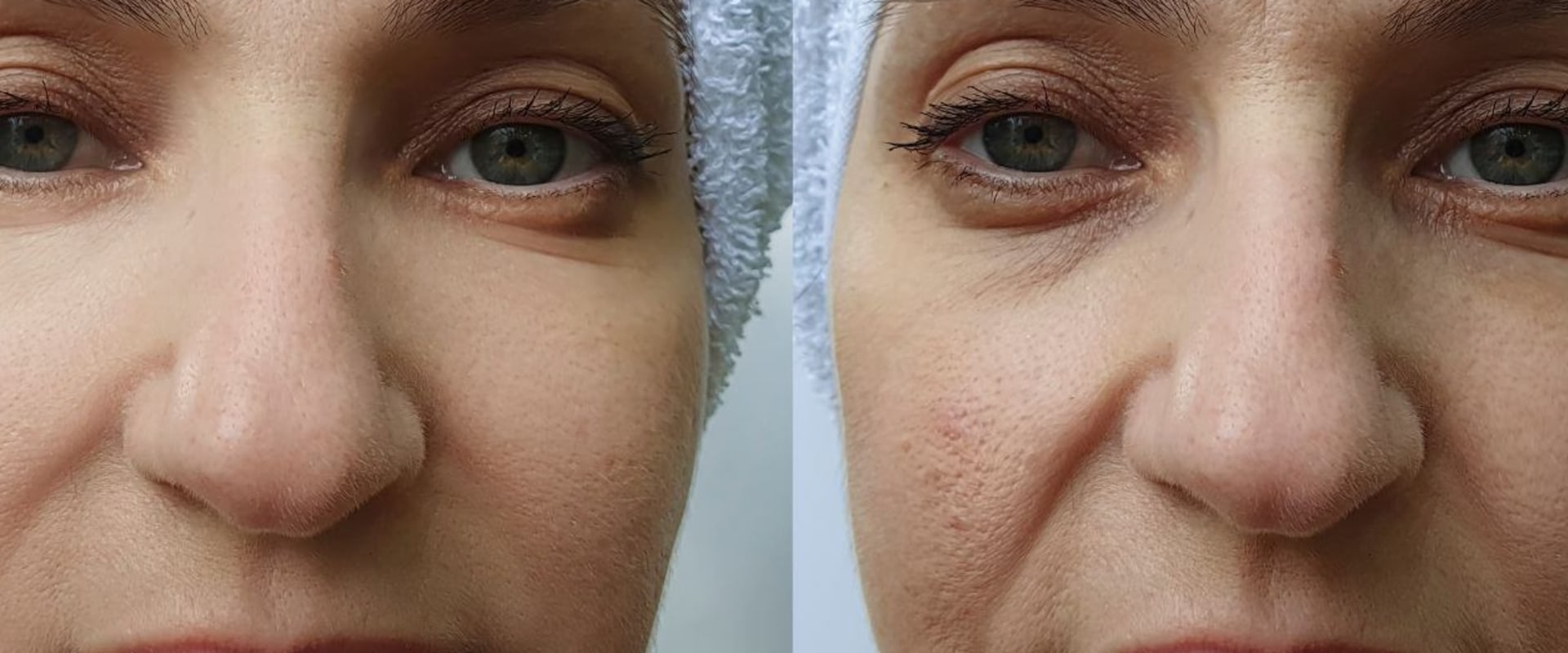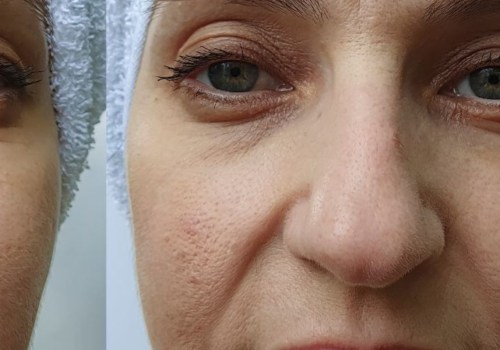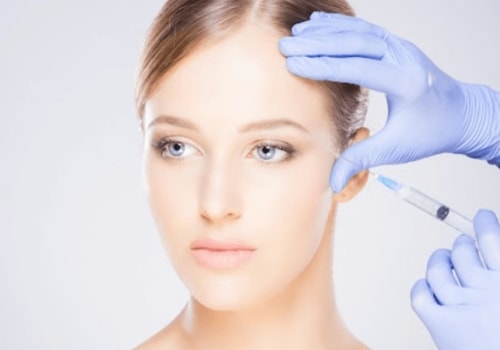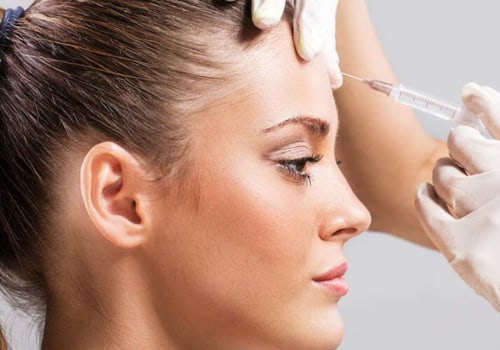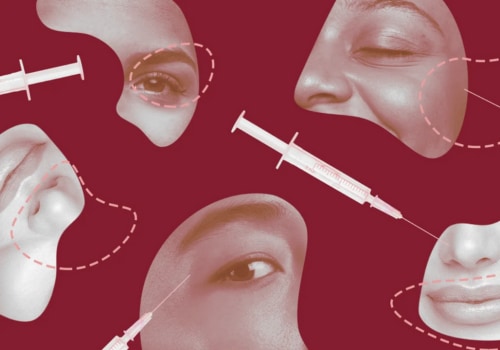Is Dysport More Natural Looking Than Botox?
Dysport and Botox are both popular neuromodulators used to reduce the appearance of wrinkles and fine lines. A common question among patients is whether Dysport provides a more natural look compared to Botox. Understanding the differences between the two can help you make an informed choice for your aesthetic goals.
How Dysport and Botox Work
Both Dysport and Botox work by blocking nerve signals to the muscles, preventing them from contracting and thereby smoothing out dynamic wrinkles. However, there are some differences in their formulation and application:
- Molecular Structure: Dysport has a smaller molecular size and a different formulation than Botox, which may affect how it spreads and diffuses in the treated area.
- Injection Technique: The injector’s technique can influence the results, regardless of whether Dysport or Botox is used.
Natural-Looking Results
Many patients report that Dysport offers a more natural look, particularly in larger treatment areas such as the forehead. Here are a few reasons why:
- Softening Effect: Dysport tends to diffuse more widely, which can create a softer, more natural appearance without the stiffness sometimes associated with Botox.
- Less Visible “Frozen” Look: Patients often find that Dysport allows for more natural facial expressions, reducing the risk of looking “frozen” or overly treated.
Patient Experience
Individual experiences will vary. Some people may prefer the results of Botox for their specific facial dynamics. Factors such as muscle strength, treatment area, and personal aesthetic goals all play a role in determining which option may look more natural for you.
Consultation for Personalized Recommendations
It’s essential to consult with a qualified injector who can assess your unique facial anatomy and recommend the best treatment for achieving natural-looking results. They can help determine whether Dysport or Botox is more suitable for your needs.
Conclusion
While Dysport may offer a more natural look for some patients due to its diffusion and softening effect, the choice between Dysport and Botox ultimately depends on individual preferences and facial dynamics. A professional consultation can help guide your decision for the best results.
